Separate fact from fiction in our list of oceanic enigmas
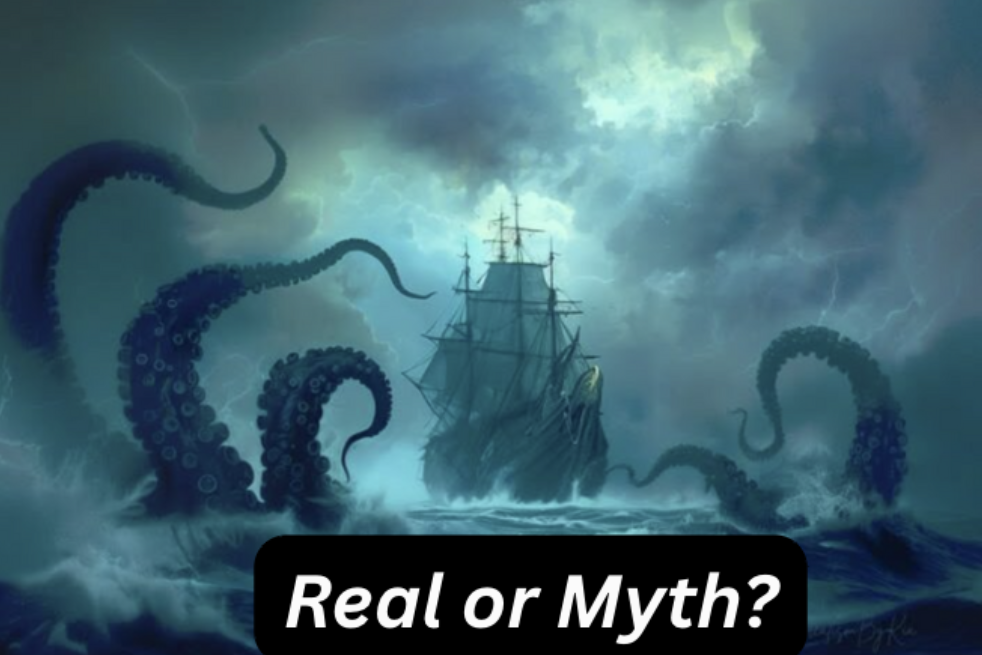
The ocean is a world of mystery, brimming with creatures that seem to leap straight out of legends and storybooks. Some of these animals are so strange, it’s hard to believe they’re real, while others are pure products of myth and imagination. Let’s dive in and see if you can spot which of these 15 ocean creatures actually exist and which are total fabrications.
1. The Giant Squid
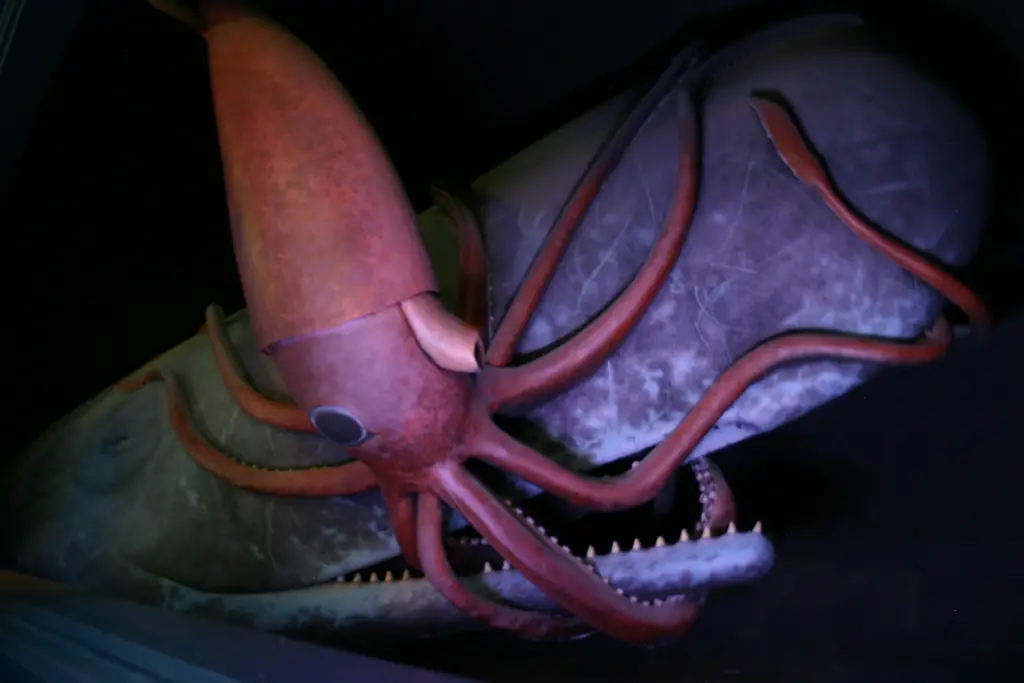
Few creatures have inspired as many tales as the giant squid. For centuries, sailors spun stories about massive tentacled monsters dragging ships under the waves. But this isn’t just a sailor’s yarn. The giant squid is very real. Measuring up to 43 feet long, these elusive giants live in deep ocean waters and were only captured on video for the first time in 2012. The National Oceanic and Atmospheric Administration says that the giant squid was captured on video in 2012 off the coast of Japan. Their enormous eyes help them spot prey in the dark depths, and their tentacles are lined with sharp suckers. The giant squid proves that sometimes, reality is just as wild as legend. ANSWER: REAL
2. The Kraken
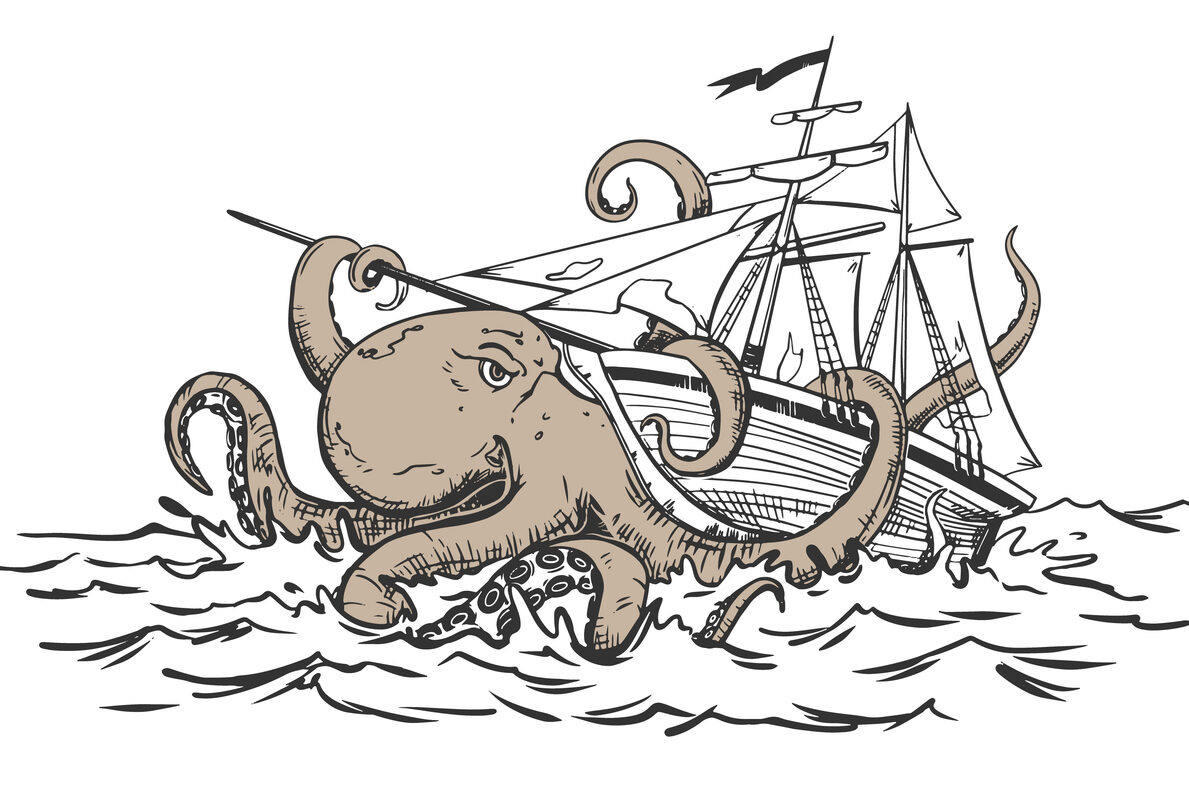
The kraken is the stuff of nightmares; a colossal sea monster said to rise from the deep and crush ships with its massive arms. While it’s often linked to real animals like the giant squid, the kraken itself is pure myth. The kraken is a legendary sea monster originating from Scandinavian folklore, not a real animal like a giant squid, though it may have been inspired by sightings of such creatures. Descriptions of the kraken often depict it as a massive cephalopod-like creature, sometimes even mistaken for an island due to its size. The kraken is associated with aggressive behaviors and the destruction of ships. Firtubay, the National History Museum has stated that despite the stories, there’s no scientific evidence that anything as enormous or destructive as the kraken ever existed. The legend likely grew from sightings of large squids and the human tendency to exaggerate the unknown. ANSWER: MYTH
3. The Narwhal

If you thought unicorns were only found in fairy tales, think again. The narwhal, also known as the “unicorn of the sea,” is a toothed whale species found in Arctic waters, and it’s famous for its long, spiraled tusk, which is actually an elongated tooth. While the tusk’s exact purpose is still debated, it’s thought to be used for various functions, including social displays, sensory perception, and possibly even foraging. A study by IFAW posits that male narwhals primarily possess tusks, and they are believed to be used in social interactions, such as displays of dominance and competition for mates. Narwhals have inspired countless myths about unicorns and magical sea creatures, but they’re very much a part of our natural world. ANSWER: REAL
4. The Mermaid
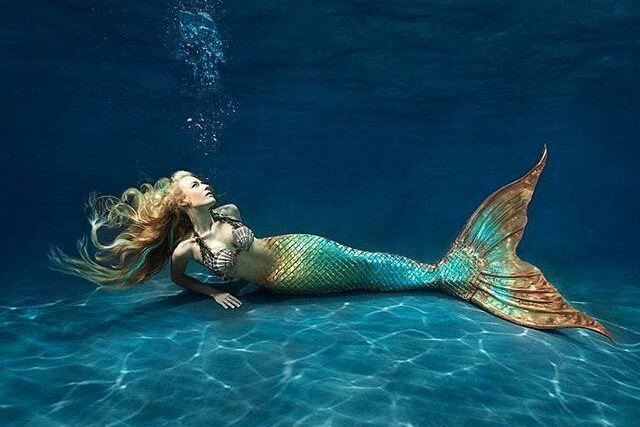
Mermaids have enchanted people for centuries, appearing in folklore from around the globe. These half-human, half-fish beings are said to sing sailors to their doom or rescue the drowning. While mermaids are beloved figures in folklore and popular culture, there is no scientific evidence to support their existence, according to the NOAA’s National Ocean Service. Many mermaid sightings, especially historically, are thought to be misidentifications of manatees or dugongs, which are large marine mammals with human-like appearances and paddle-like tails, and their bodies and tails creating the illusion of a mermaid in the minds of tired or imaginative sailors. ANSWER: MYTH (But we wish were real).
5. The Goblin Shark
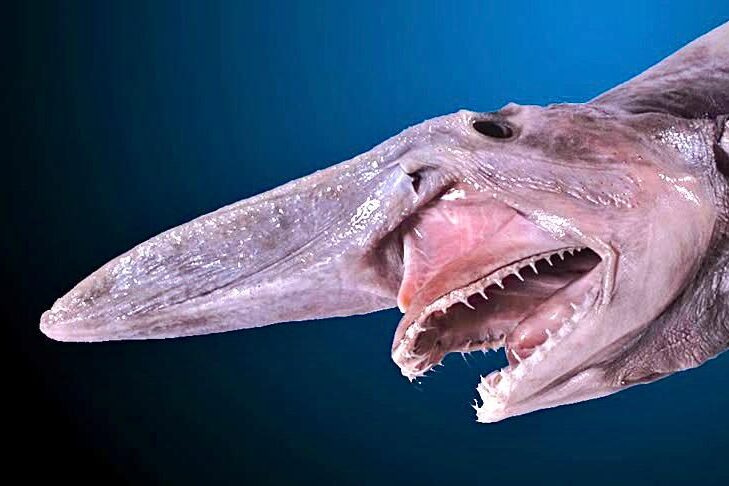
The goblin shark is one of the ocean’s strangest real-life inhabitants. With its long, flattened snout and protruding jaws, it looks like something from a horror movie. This deep-sea shark is rarely seen by humans and is often called a “living fossil” because it has changed little since prehistoric times. This is because they belong to a family (Mitsukurinidae) that has been around for a significant period, with some estimates placing its origins at around 125 million years ago. Its unique appearance and ability to shoot its jaw forward to catch prey make it a standout among ocean oddities. ANSWER: REAL
6. The Sea Serpent
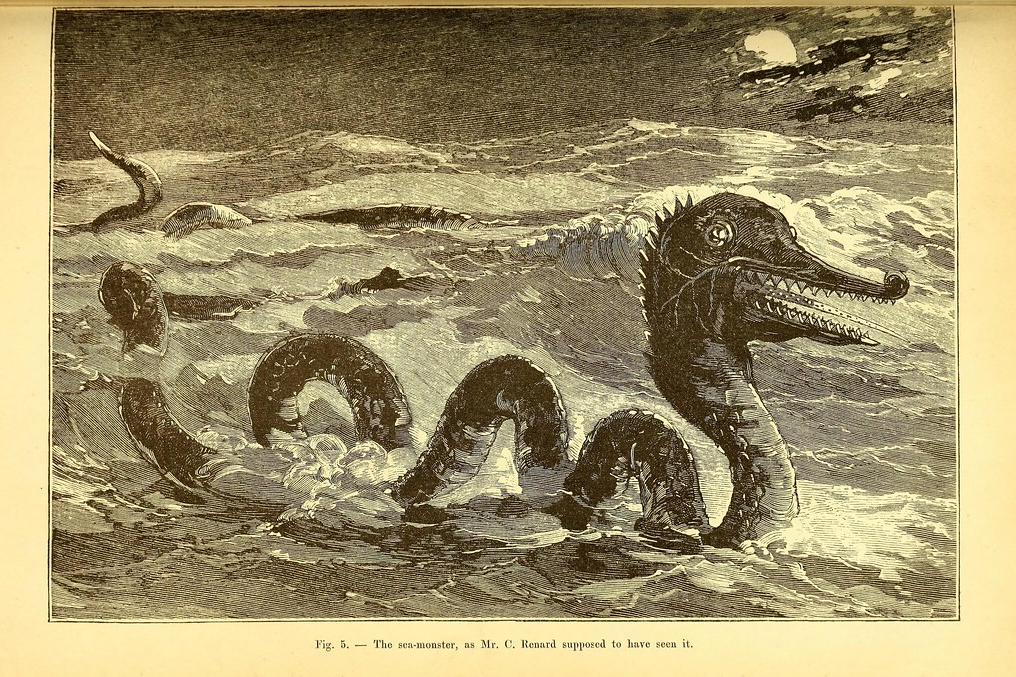
Sea serpents are mythical, legendary creatures described as enormous, snake-like or dragon-like beings that dwell in the oceans and seas. These creatures are often depicted as having immense size, great strength, and the ability to move swiftly in deep waters. They are frequently associated with folklore and mythology across various cultures, sometimes seen as benevolent protectors or fearsome predators. Despite countless reported sightings, there’s no scientific proof that such creatures exist. Many supposed sea serpent encounters were likely misidentified whales, oarfish, or floating debris. The legend of the sea serpent endures, but it remains firmly in the realm of myth. ANSWER: MYTH
7. The Blue Dragon
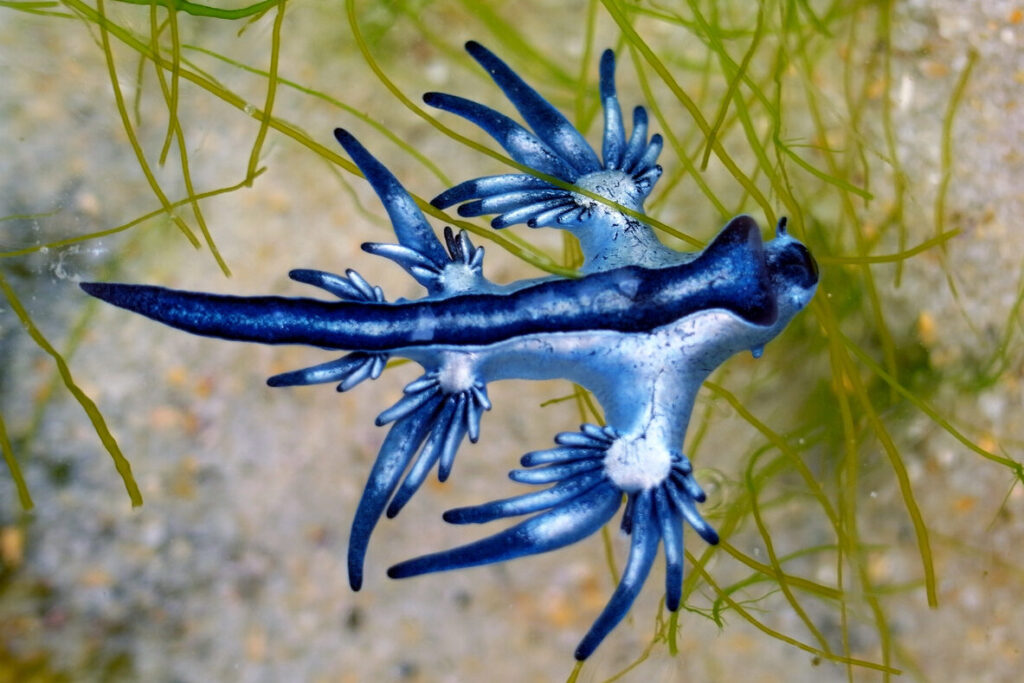
The blue dragon is a tiny but stunningly beautiful sea slug found floating on the ocean’s surface, floating upside down due to a gas bubble in its stomach. They are relatively small, typically reaching a length of about 3 centimeters (1.2 inches). Its electric blue color and wing-like appendages make it look like a creature from a fantasy novel, but it’s for camouflage by blending with the sky above and the ocean surface below. This little animal is very real and packs a punch, plus, it feeds on venomous jellyfish and can store their stingers for its own defense. The blue dragon is proof that the ocean is full of surprises, both beautiful and dangerous. ANSWER: REAL
8. The Megalodon
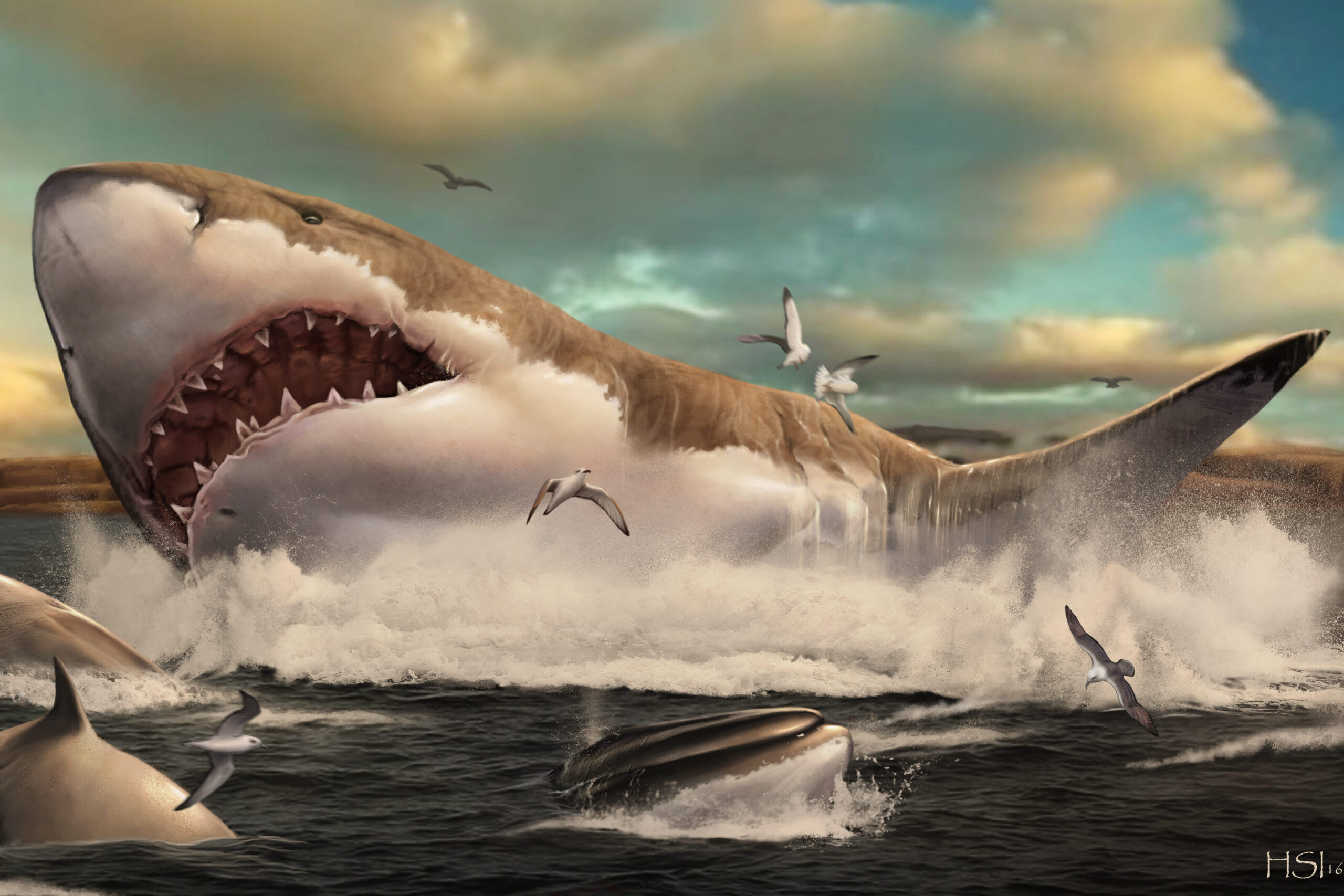
The megalodon was a real shark species that lived millions of years ago and grew up to 60 feet long. It was the top predator of its time, with teeth the size of a human hand. While claims persist about megalodons living in the deep sea, scientific evidence strongly suggests their extinction occurred around 3.6 million years ago. The lack of any recent megalodon teeth or fossil evidence younger than that date, coupled with their likely habitat near shorelines, makes the survival theory highly improbable. Today, only their massive fossilized teeth remain as a reminder of this ancient giant. ANSWER: REAL
9. The Siren

Sirens are often confused with mermaids but have their own distinct place in mythology. In Greek mythology, sirens are depicted as having the head and upper body of a woman, and the wings and lower body of a bird. They are known for their beautiful, almost irresistible voices that they use to lure sailors towards rocky shores, where their ships would crash, and the sailors would drown and be devoured. But later stories placed them in the sea. Moreover, conflation of sirens and mermaids can be traced back to European scholars in the Early Modern Period, who had access to ancient Greek texts but not the accompanying images, leading them to interpret the descriptions based on their understanding of mermaids. In reality, there’s no evidence that sirens ever existed; they’re a classic example of myth blending with the mysteries of the ocean. ANSWER: MYTH
10. The Oarfish
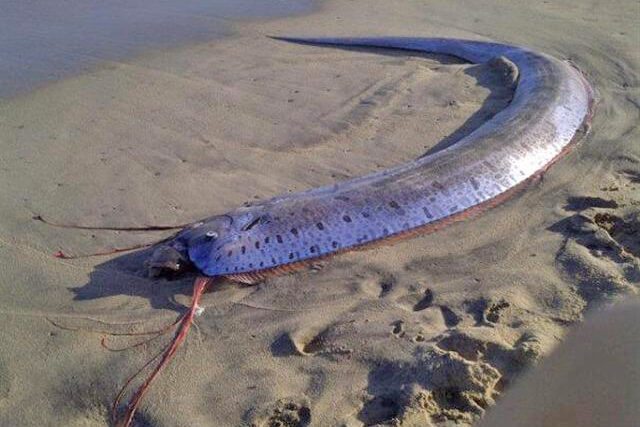
The oarfish is a real animal that may have inspired many sea serpent legends. Growing up to 36 feet long and sporting a ribbon-like body, it’s rarely seen because it lives in deep waters. When oarfish occasionally wash ashore, their bizarre appearance and great length spark stories of monsters from the deep. Despite their menacing appearance, they are harmless filter feeders that eat krill, plankton, and other small crustaceans. Their rare appearances near the surface are often due to illness, injury, or strong currents, not as a harbinger of earthquakes or other disasters. ANSWER: REAL
11. The Charybdis
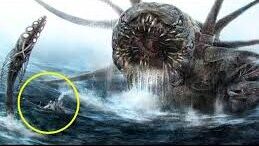
Charybdis is a figure from Greek mythology, described as a monstrous whirlpool that could swallow entire ships. She is often paired with the six-headed monster Scylla, both posing deadly threats to sailors in the Strait of Messina. It is said that Charybdis’s whirlpool would suck ships down three times a day, making it a formidable danger to seafarers. While whirlpools are real ocean phenomena, there’s no evidence of a creature like Charybdis. The myth likely arose from sailors’ encounters with dangerous currents and natural whirlpools, which could indeed threaten small boats but aren’t the work of a sea monster. ANSWER: MYTH
12. The Leafy Sea Dragon

The leafy sea dragon is a real marine animal found off the coast of Australia. Specifically a type of fish, and it is native to the southern and western coasts of Australia. The leafy sea dragon’s leaf-like appendages, called leaflets, are not used for propulsion but serve as camouflage, helping them blend in with seaweed and kelp. In other words, this relative of the seahorse looks so much like floating seaweed that it’s easy to mistake for a plant. Additionally, they live among rocky reefs, seaweed beds, seagrass meadows, and on sand patches near weed-covered reefs. While they appear to move slowly like seaweed, they propel themselves with tiny, almost invisible pectoral and dorsal fins. The leafy sea dragon’s unique appearance is a perfect example of nature’s creativity and the ocean’s endless surprises. ANSWER: REAL
13. The Lusca
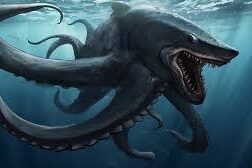
The lusca is a legendary sea monster from Caribbean folklore, particularly around the Bahamas, described as a half-shark, half-octopus chimaera. It’s said to dwell in underwater caves like “blue holes” and “banana holes”. The lusca is considered a fearsome creature, with some stories describing it as a giant octopus or a giant scuttle, capable of dragging boats and people into the depths. Some accounts suggest it can grow to over 250 feet long, making it massive and predatory. It’s also described as having lightning-fast teeth and eyes that can see in the darkness. The lusca is said to be extremely aggressive and can attack boats and swimmers. While no scientific evidence supports the existence of the lusca, the legend may have been inspired by encounters with large octopuses or sharks in the region’s blue holes. The lusca remains a fascinating tale, blending real animal traits with the power of imagination. ANSWER: MYTH
14. The Anglerfish

The anglerfish is a real deep-sea predator famous for its bioluminescent lure used to attract prey in the dark, along with its large mouth, sharp teeth, and overall bizarre appearance. These fish are deep-sea predators, using their glowing “fishing rod” to ensnare unsuspecting creatures in the pitch-black depths, making it one of the ocean’s most bizarre creatures. The angler fish’s strange appearance and hunting tactics have inspired many a scary sea story, but this animal is a real part of the deep sea ecosystem, and their unique appearance and hunting methods have earned them a reputation as “scary” or “creepy.” ANSWER: REAL
15. The Ningen

The ningen is a modern day myth from Japan, In modern Japanese folklore since the mid-2000s, the Ningen is an aquatic humanoid whale-like and mermaid-like creature supposedly inhabiting the subantarctic oceans. Stories claim it’s white, with arms, legs, and a face, but no scientific evidence backs up these reports. The Ningen is a product invented by Japanese internet users, showing that the ocean’s mysteries still inspire new myths even today. ANSWER: MYTH
That wraps up our journey through the strange and wonderful world of ocean creatures, some real, some mythical, all fascinating. The ocean’s depths continue to inspire awe, curiosity, and a healthy dose of imagination. Which ones fooled you? Dive deeper into the wonders of our world and keep exploring, there’s always more to discover beneath the waves!
If you loved this list, share your favorite ocean creature myth or fact in the comments below and let’s keep the conversation going!


